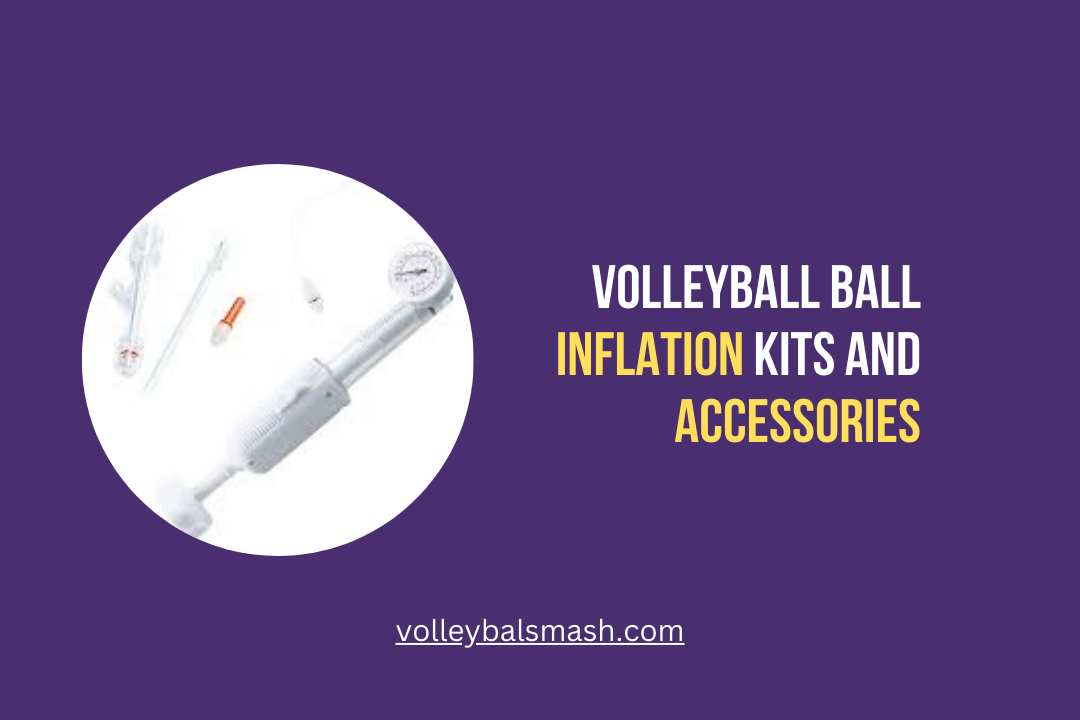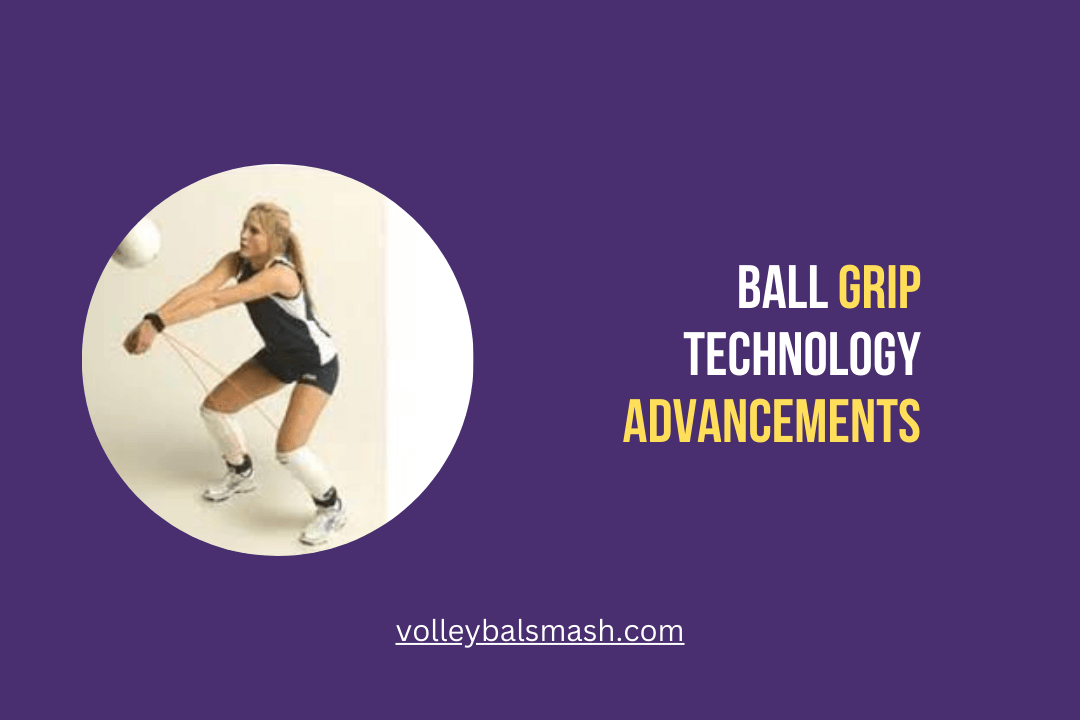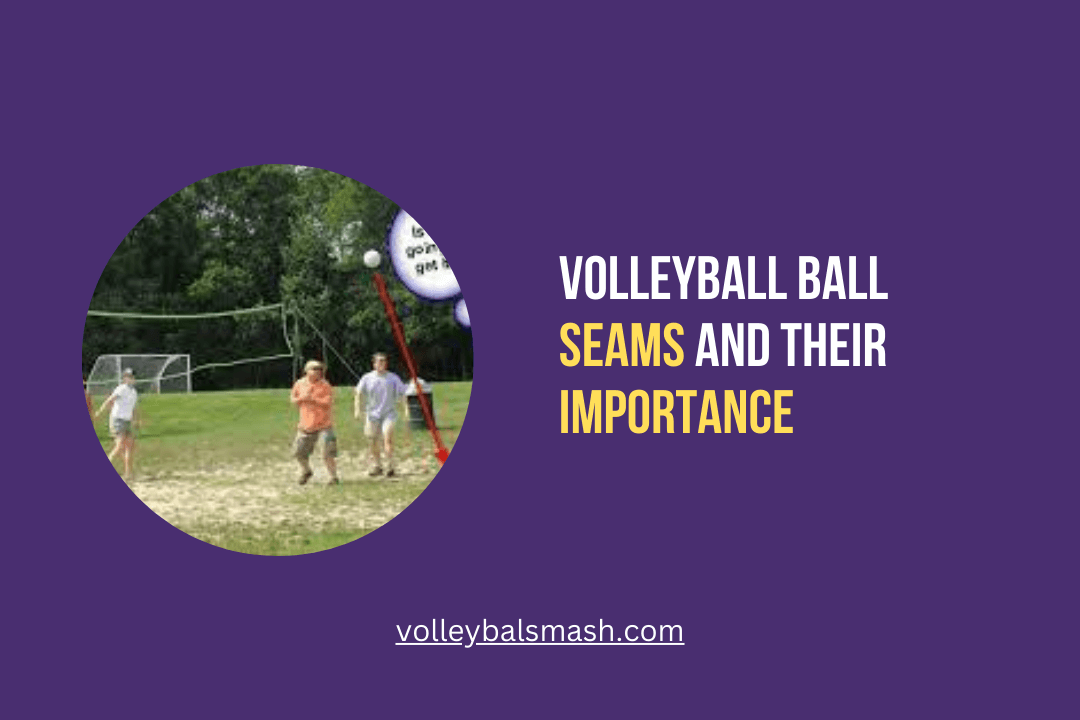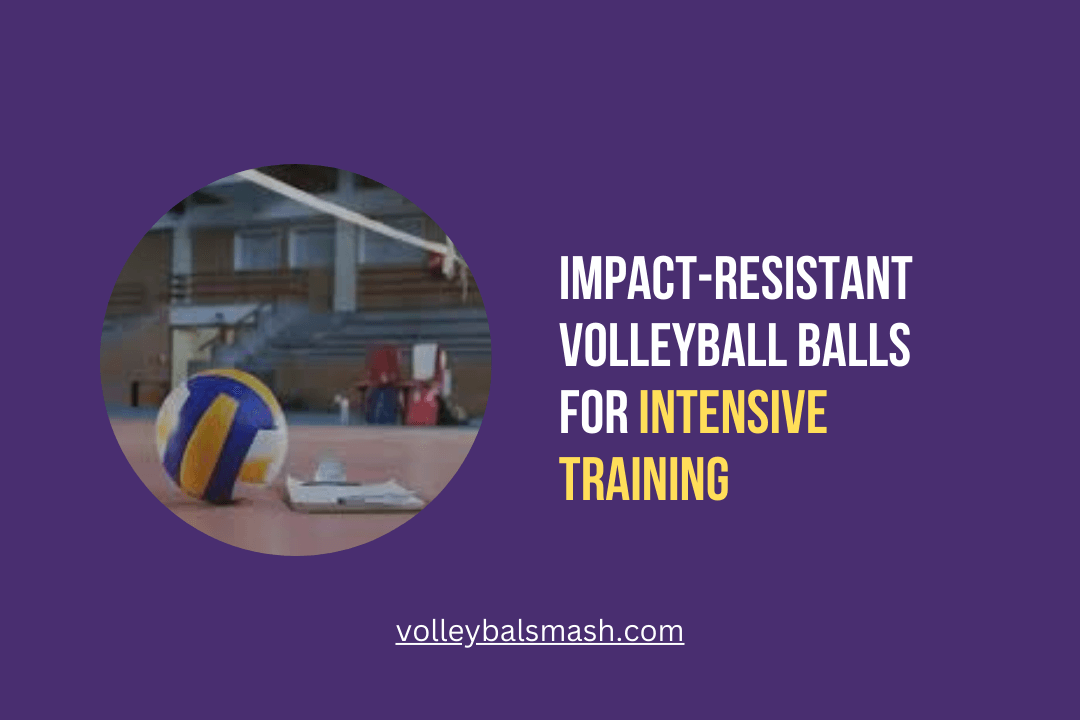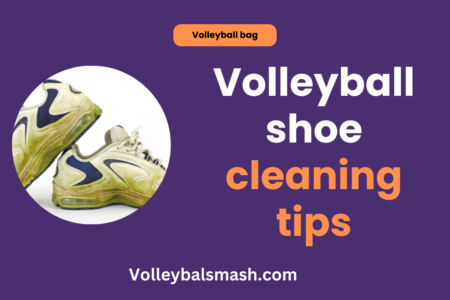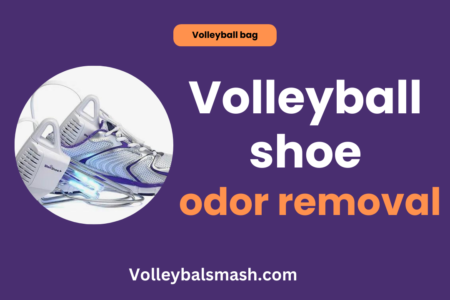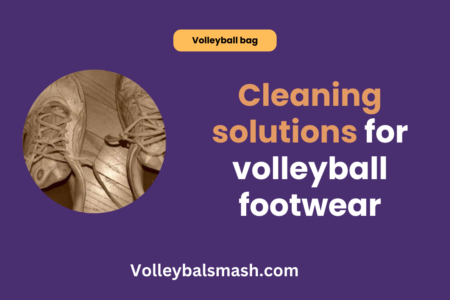Have you ever wondered how volleyball balls are stitched together? In this informative blog post, we will explain the intricate details of volleyball ball stitching techniques. Whether you are a volleyball player, coach, or simply a fan of the sport, understanding the proper stitching techniques is essential for a properly inflated and durable volleyball ball. We will cover the importance of properly stitched seams, the risks of poorly stitched balls, and the benefits of high-quality stitching for your game.
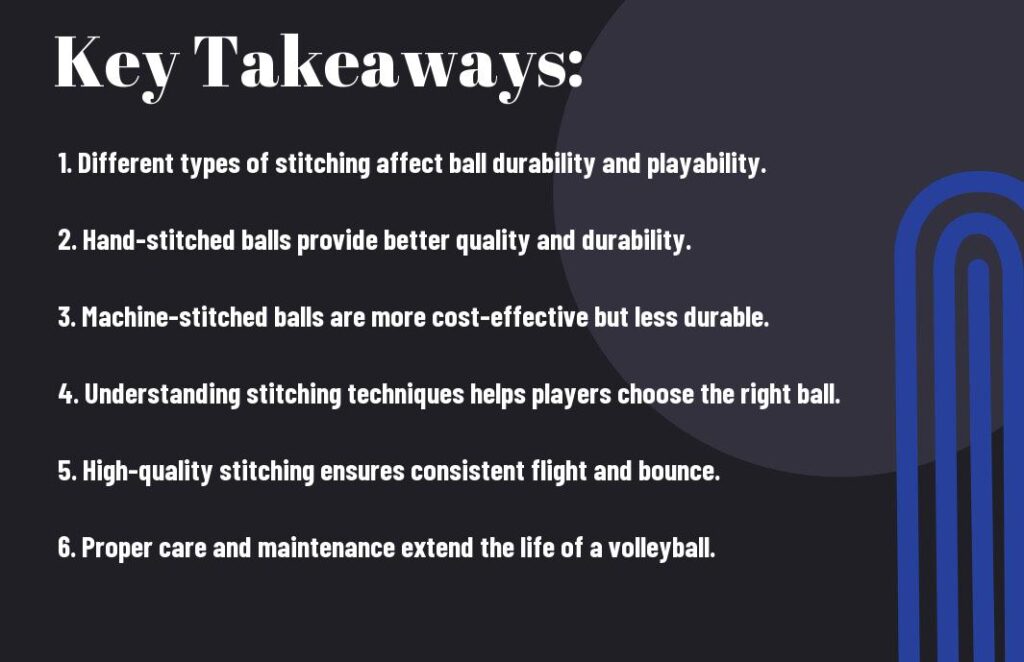
History of Volleyball Ball Stitching
While volleyball has been played for over a century, the stitching of the volleyball itself has a rich history. The design and construction of the ball have evolved over the years, with different techniques and materials being used to enhance the performance and durability of the ball.
Evolution of the Volleyball Ball
Originally, volleyball balls were made with leather panels hand-stitched together. However, as the sport gained popularity, manufacturers started experimenting with synthetic materials and different stitching techniques to improve the ball’s performance. Today, volleyball balls are constructed using advanced stitching techniques and high-quality materials to ensure optimal playability and durability.
Traditional vs Modern Stitching Techniques
Traditionally, volleyball balls were constructed using a classic 18-panel design, with each panel stitched together by hand. While this technique has a nostalgic appeal, modern volleyball balls are now constructed using advanced, machine-stitched techniques that provide a more consistent and durable product. These modern techniques ensure that the ball maintains its shape and performance over countless games, making it a reliable choice for players at all levels of the sport.
Types of Volleyball Stitching
Now, let’s take a look at the different types of volleyball stitching techniques used for creating volleyballs. Understanding the different methods of stitching can help you choose the right volleyball for your game. Here are the main types:
- Hand-Stitched Volleyballs
- Machine-Stitched Volleyballs
- Thermal-Bonded Volleyballs
Whether you are looking for a durable, responsive, or versatile volleyball, each stitching technique has its own benefits. Assume that you can find the perfect fit by understanding the differences in stitching.
For more detailed information on fundamental volleyball skills and comprehensive training, check out this Basic Fundamental Skills of Volleyball and 8-Week Training …
Hand-Stitched Volleyballs
In hand-stitched volleyballs, the panels are meticulously stitched together by skilled craftsmen. This results in a durable, resilient, and reliable volleyball with consistent performance. Hand-stitched volleyballs are known for their quality and are often preferred by serious players who value precision and accuracy in their game.
Volleyball ball texture and grip analysis
Machine-Stitched Volleyballs
Machine-stitched volleyballs are created using advanced automated stitching processes. This results in uniform and consistent stitching across the surface of the ball. Machine-stitched volleyballs are renowned for their durability and are ideal for training sessions and regular play. They provide a good balance of performance and longevity.
Thermal-Bonded Volleyballs
Thermal-bonded volleyballs are crafted using innovative bonding techniques that eliminate the need for stitching. This creates a seamless surface, resulting in a smooth and responsive volleyball with enhanced aerodynamics. Thermal-bonded volleyballs are designed for high-level competitive play and offer exceptional touch and control for precise ball handling.
Stitching Materials and Their Impact on Performance
However, when it comes to volleyball ball stitching techniques, the materials used can have a significant impact on the ball’s performance. From the type of leather used to the thread material, every component plays a crucial role in determining the durability, grip, and overall quality of the ball.
Leather vs Synthetic Leather
When it comes to the outer covering of a volleyball, the material used can make a significant difference in its performance. Traditional leather balls provide a soft, supple feel and excellent grip, making them a popular choice among professional players. On the other hand, synthetic leather balls are more durable and resistant to wear and tear, making them a practical option for recreational play. However, it’s important to note that the feel and grip of synthetic leather may not match up to that of traditional leather, impacting your overall performance on the court.
Thread Material and Durability
Another crucial aspect of volleyball ball stitching is the type of thread used. Strong, durable thread is essential for maintaining the integrity of the ball during intense play. Look for balls with reinforced stitching using high-quality thread to ensure longevity and minimize the risk of the ball coming apart during a game. Inferior thread material can lead to frequent breakage, compromising the ball’s performance and posing a potential safety hazard on the court.
Stitching Patterns and Their Functionality
Despite the seemingly simple appearance of a volleyball, the stitching patterns and techniques used in its production play a vital role in the ball’s performance and durability. The stitching not only holds the panels together but also affects the ball’s flight, grip, and overall playability. Understanding the different stitching patterns and their functionality can give you valuable insights into the quality and characteristics of a volleyball.
If you want to learn more about the specific responsibilities of ball seam, you should check out Whose ball? Seam responsibilities – Coaching Volleyball.
Panel Design and Aerodynamics
One of the key aspects affected by stitching patterns is the panel design and aerodynamics of the volleyball. The way the panels are stitched together can impact the ball’s aerodynamic properties, influencing its trajectory and stability in the air. Some stitching patterns may create seams that disrupt air flow, leading to unpredictable movements, while others can enhance the ball’s flight by minimizing resistance. Understanding the panel design and its relationship to stitching patterns can help you evaluate the ball’s performance and choose the right one for your game.
Impact of Stitching on Ball Grip and Control
The stitching of a volleyball also plays a crucial role in determining the ball’s grip and control. The type and quality of stitching can affect how well the ball holds up to your touch, allowing for better handling and precise movements on the court. Additionally, the stitching patterns can influence the overall consistency of the ball’s bounce, ensuring reliable performance during serves, sets, and spikes. By paying attention to the impact of stitching on grip and control, you can optimize your playing experience and improve your overall performance on the volleyball court.
Maintenance and Care for Stitched Volleyballs
Your volleyball is an important piece of equipment that deserves proper care and maintenance to ensure its longevity and performance. Here, we will discuss the best practices for maintaining and caring for your stitched volleyball.
Regular Maintenance Tips
When it comes to caring for your stitched volleyball, regular maintenance is key to ensuring its durability and performance. Here are some important tips to keep in mind:
- Keep your volleyball clean by wiping it down with a damp cloth after each use to remove dirt and debris.
- Inspect the stitching and seams regularly for any signs of wear or damage.
- Store your volleyball in a cool, dry place away from direct sunlight and extreme temperature fluctuations.
Knowing and implementing these regular maintenance tips will help keep your volleyball in top condition for a long time.
The science behind volleyball ball aerodynamics
Repairing Damaged Stitching
Despite your best efforts to maintain your volleyball, there may come a time when the stitching becomes damaged. When this happens, it’s important to address the issue promptly to prevent further damage to the ball. If you notice any loose threads or unraveling stitching, do not continue to use the ball until the issue has been resolved. Instead, re-stitch any loose threads or seek professional repair services.
Conclusion: Volleyball Ball Stitching Techniques Explained
Hence, you now have a comprehensive understanding of the various stitching techniques used in volleyball ball construction. From the hand-sewn six-panel construction to the more modern machine-stitched designs, each method plays a critical role in determining the ball’s performance and durability. Remember to consider these factors when choosing a volleyball ball for your next game or practice session. By understanding the stitching techniques, you can make an informed decision that will ultimately enhance your playing experience.
FAQ
What are the different volleyball ball stitching techniques?
The two main volleyball ball stitching techniques are the hand-sewn and machine-stitched methods. Hand-sewn volleyballs are crafted using intricate hand stitching, while machine-stitched volleyballs are produced using advanced sewing machinery. Both methods result in durable and high-quality volleyball balls.
What is the advantage of hand-sewn volleyball balls?
Hand-sewn volleyball balls offer superior craftsmanship and attention to detail. They are often considered to have a softer feel and better control, making them the preferred choice for professional athletes and serious volleyball players. Hand-sewn stitching also allows for more customization in terms of design and panel arrangement.
Are machine-stitched volleyball balls less durable than hand-sewn ones?
While hand-sewn volleyball balls are prized for their craftsmanship, machine-stitched volleyball balls are also highly durable and reliable. The advanced technology used in machine stitching ensures consistent quality and precise construction. These balls are often more affordable and are suitable for recreational play and training purposes.
